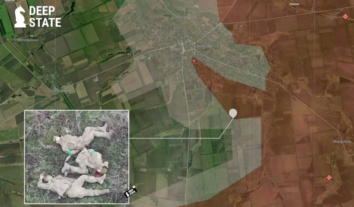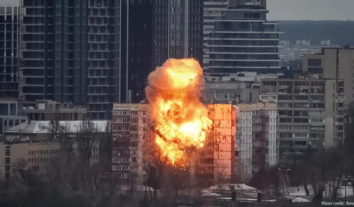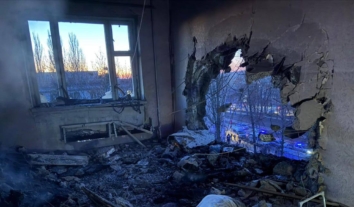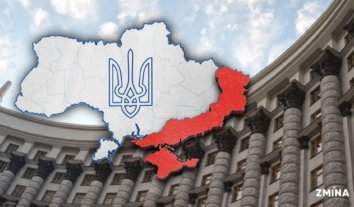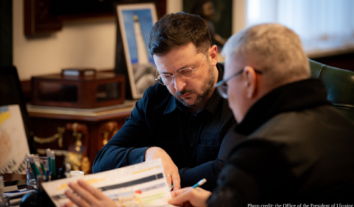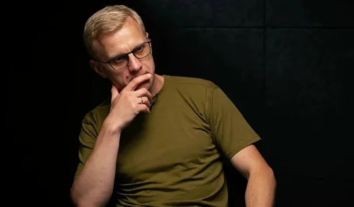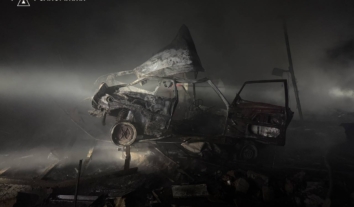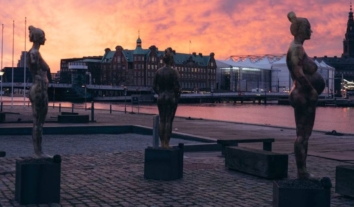Ukrainian identity shift forced Russia to occupy Crimean Peninsula in 2014 – historian
The growing number of Crimea residents identifying as Ukrainian compelled Russia to accelerate its plans for annexing Crimea, Crimean historian Serhii Hromenko concluded in an interview on Radio Krym.Realii.
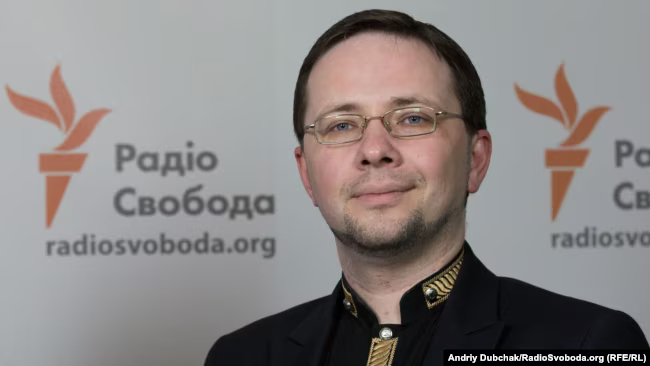 Serhii Hromenko
Serhii HromenkoHromenko explained that the proportion of Crimea residents who viewed Crimea as an integral part of Russia – more so within the framework of the former Soviet Union than modern Russia – was steadily declining.
By 2011-2012, polls indicated a shift: a majority of Crimean residents had come to identify as Ukrainian citizens, outnumbering those nostalgic for Soviet rule or a Russian affiliation for Crimea. This marked a significant turning point, Hromenko explained.
Consequently, despite extensive propaganda efforts and the presence of numerous collaborators holding Ukrainian passports, Russia failed to destabilise Crimea internally in 2014 and resorted to military intervention.
Furthermore, Hromenko highlighted that pro-Russian parties in Ukrainian Crimea never gained majority control in local governments.
He suggested that a gradual process of Ukrainisation over a decade would have eventually led even Russian citizens to renounce any claims on Crimea, perceiving it as unequivocally Ukrainian. This prospect, according to Hromenko, forced the Kremlin to expedite the annexation of the peninsula.
Read also: Ten years of occupation of Crimea: memories of Crimean journalists on how it began
For context, Russia carried out a military operation to seize the Crimean Peninsula in 2014 and conducted an illegitimate “referendum” there. On February 20, 2014, during a visit to Crimea by Russian presidential aide Vladislav Surkov, a column of armored personnel carriers left Sevastopol’s Kozacha Bay, where the 810th Marine Brigade of the Russian Black Sea Fleet was stationed, heading out of the city.
The following day, Russian authorities claimed that the Russian Black Sea Fleet in Crimea was transitioning its units to a “heightened security mode” due to the complex political situation in Ukraine. They stated that marine units should reinforce the security of Russian military units not only in Sevastopol but also in other regions of Crimea.
While the occupation authorities claim they carried out the military operation to seize the Crimean Peninsula without bloodshed, Crimeans protested against the occupiers in the early days of the Russian aggression, taking to the streets for rallies and demonstrations, risking their lives. Arbitrary arrests and forced abductions of Ukrainians and Crimean Tatars occurred, and Ukrainian citizens died during the Russian military operation.
Earlier, former deputy commander of the Pryluky missile boat Artem Kyselov pointed out that Russian militaries killed Kokurin Serhii Viktorovych and Karachevskyi Stanislav Volodymyrovych in Crimea in 2014. He recalled that the Russian military killed both Ukrainian servicemen after they had been disarmed.
Ukraine annually commemorates February 26 as the Day of Resistance to the Temporary Occupation of the Autonomous Republic of Crimea and the city of Sevastopol. This date marks the largest rally in support of Ukraine’s territorial integrity at the building of the Verkhovna Rada of the Autonomous Republic of Crimea.
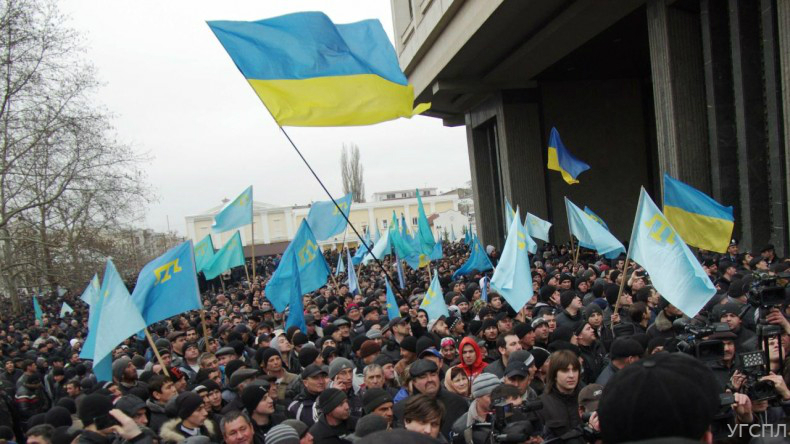 Concurrent demonstration of both pro-Ukrainian and pro-Russian Crimean residents outside the Crimean Parliament building on February 26, 2014
Concurrent demonstration of both pro-Ukrainian and pro-Russian Crimean residents outside the Crimean Parliament building on February 26, 2014Refat Chubarov, head of the Mejlis of the Crimean Tatar people, explained that on February 26, 2014, Moscow intended to create a “glamorous picture” through an extraordinary session of the Crimean parliament, supposedly showing that “Crimeans are asking to join Russia.”
On that day, Russia failed to implement a “peaceful scenario” for the annexation of the peninsula through a parliamentary vote. Early the next morning, it launched a military operation, seizing the building of the Parliament of the Autonomous Republic of Crimea.
The international community, barring a few exceptions, continues to recognize Crimea as part of Ukraine.
The Russian Federation uses temporarily occupied Crimea as a military foothold for its armed aggression from the south of Ukraine, shelling Ukrainian cities from the peninsula. Ukrainian authorities have repeatedly stated the importance of de-occupying the Crimean Peninsula.

